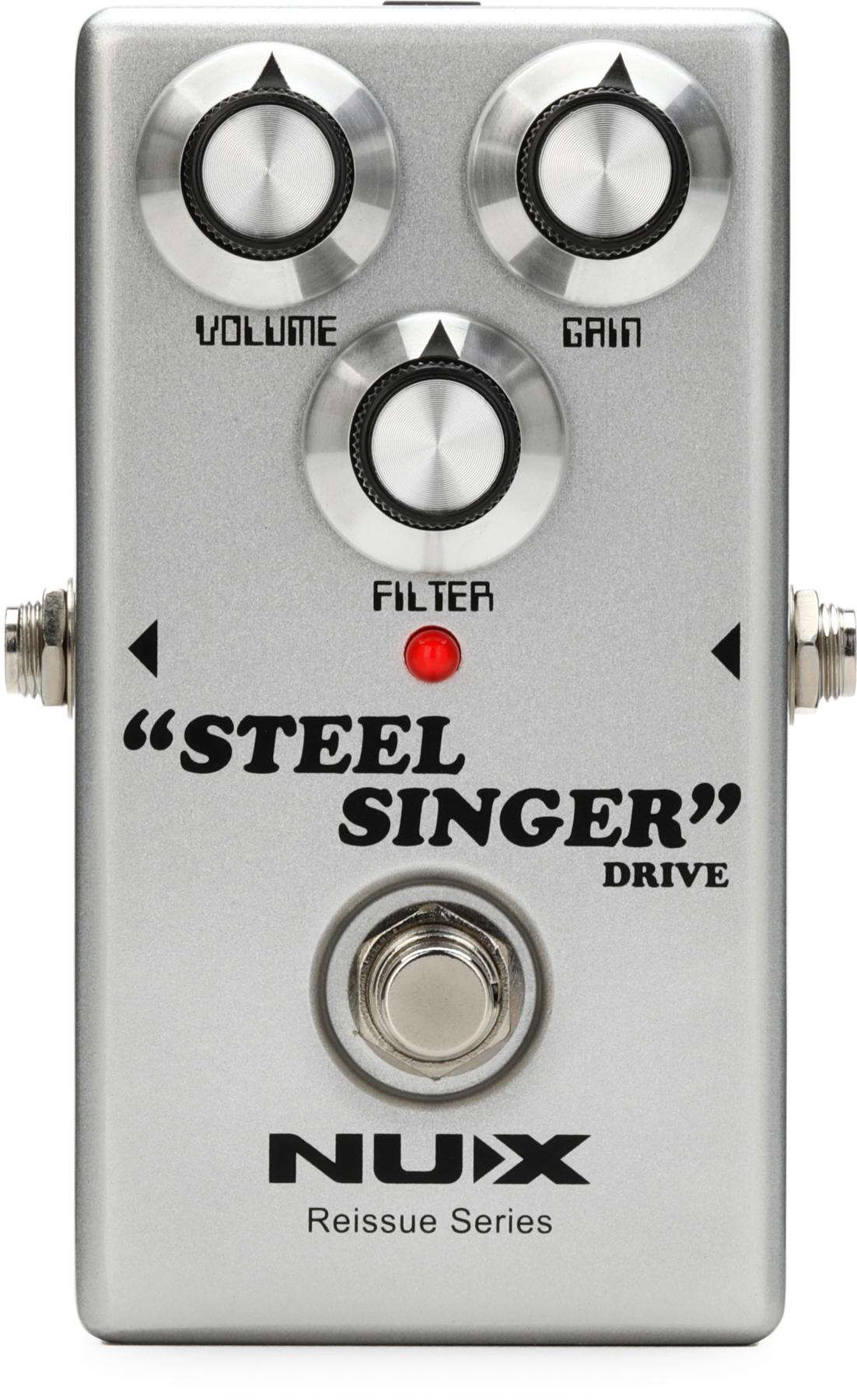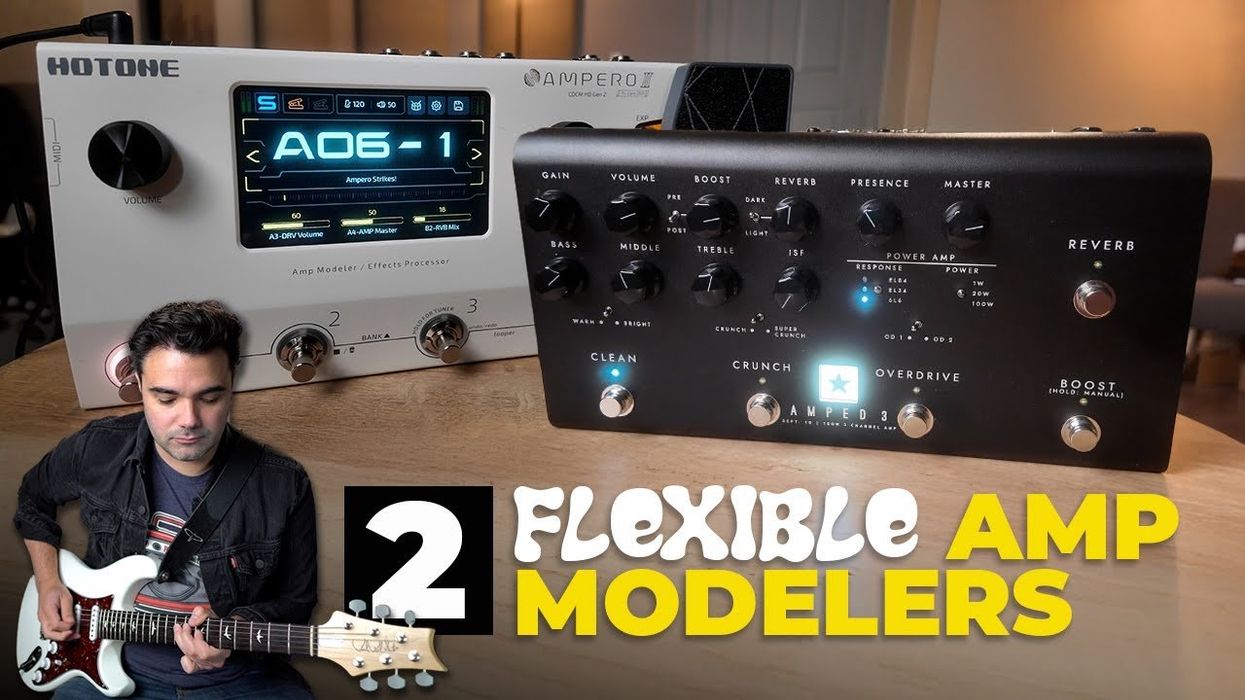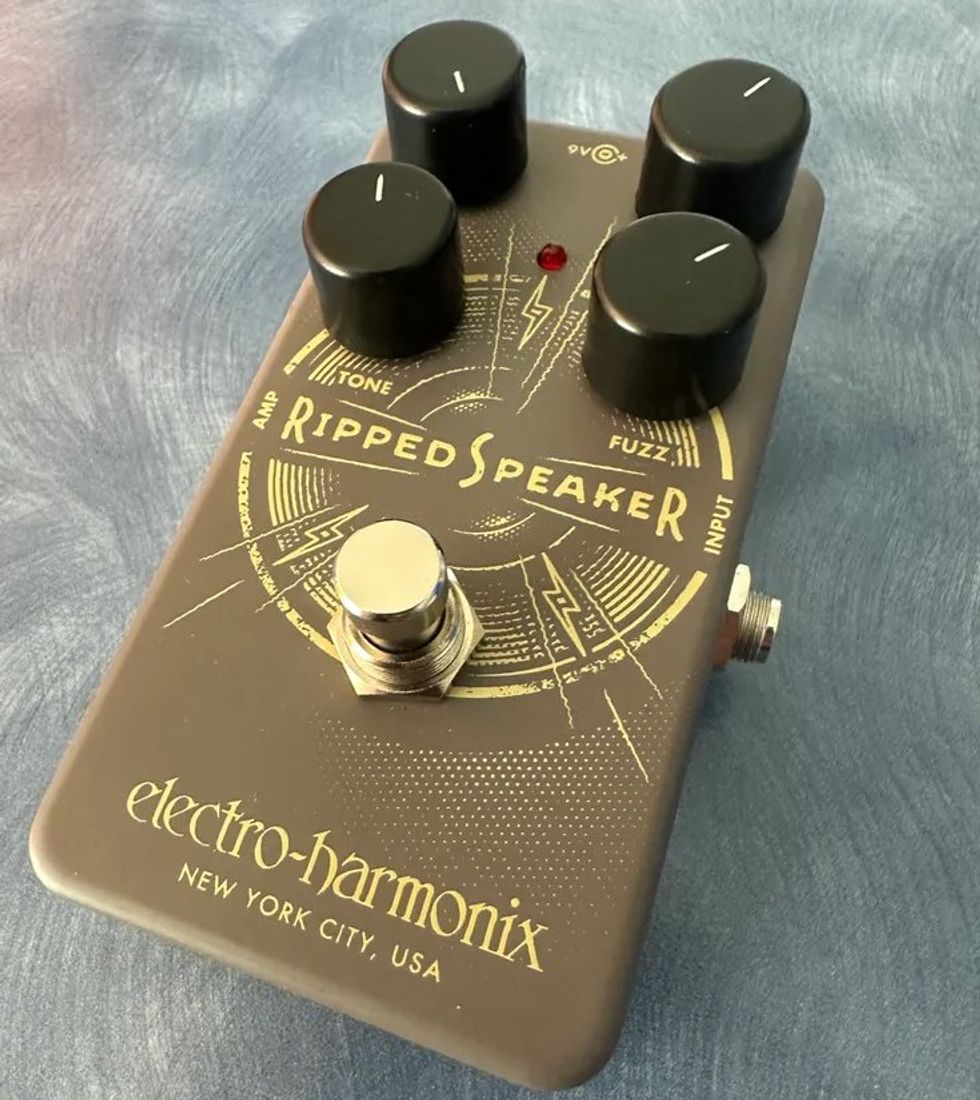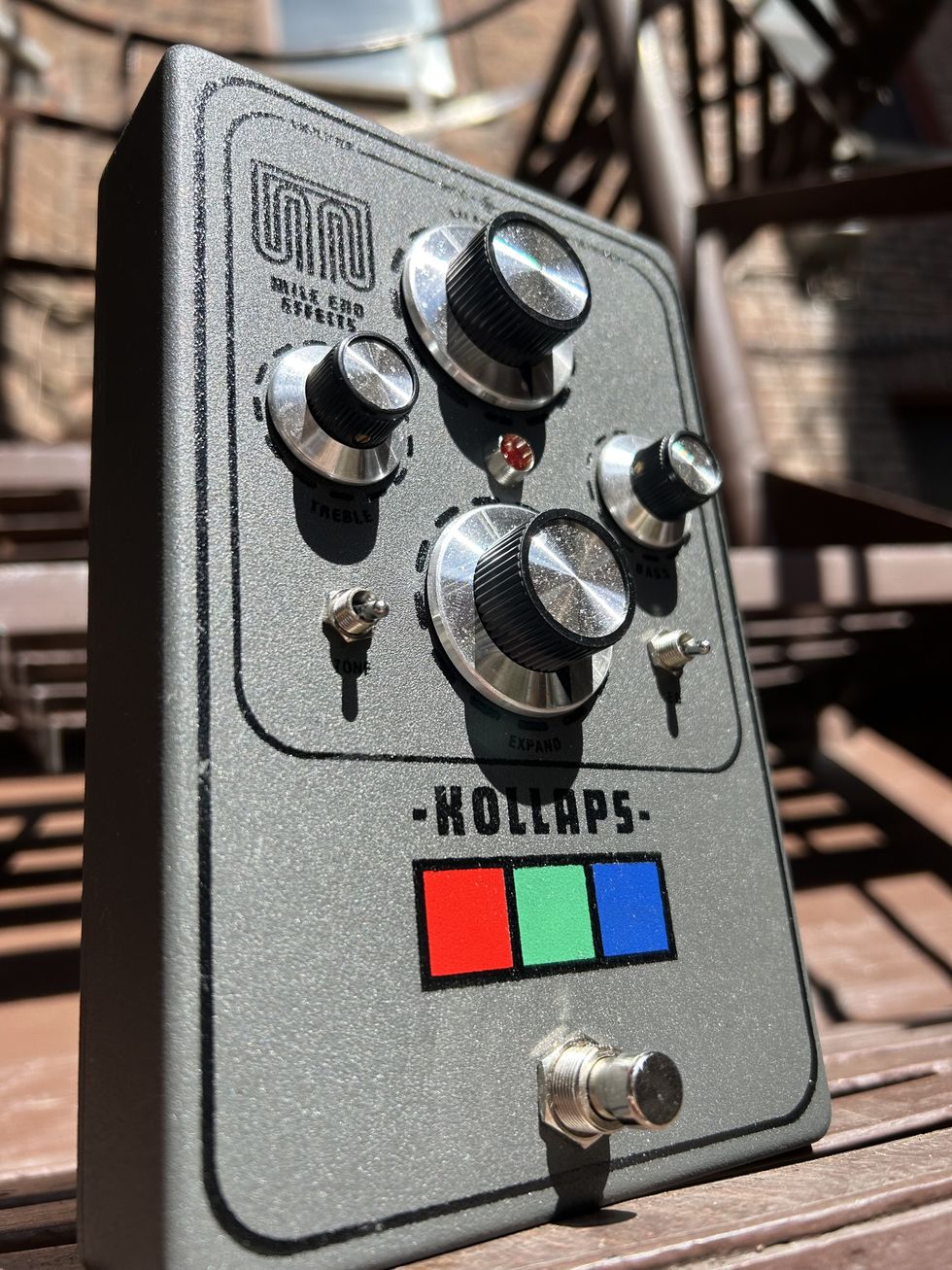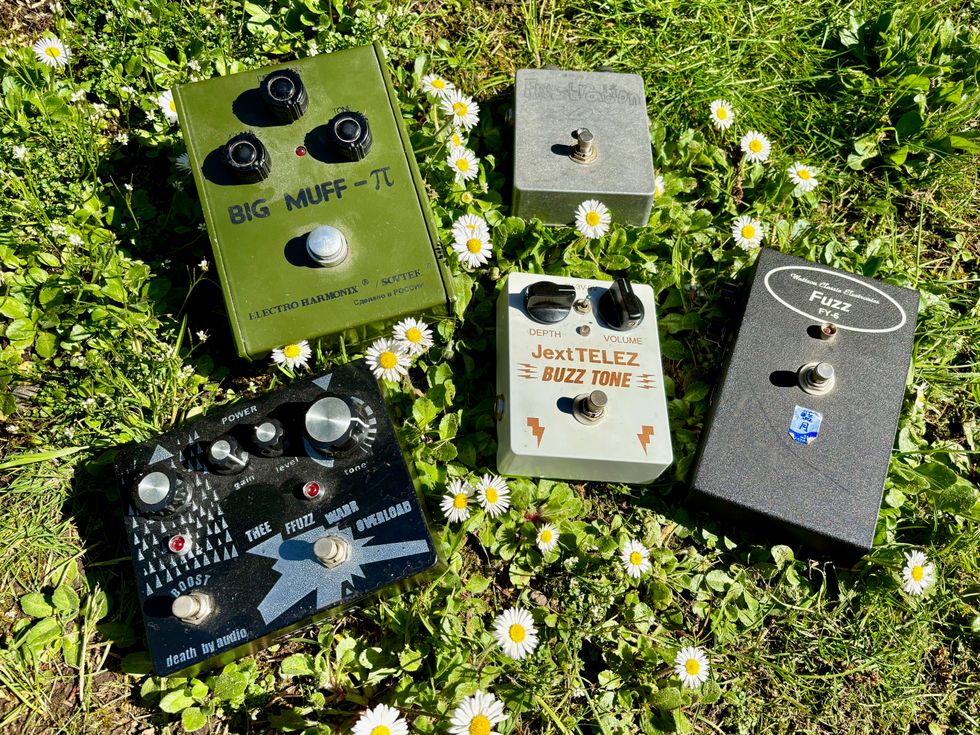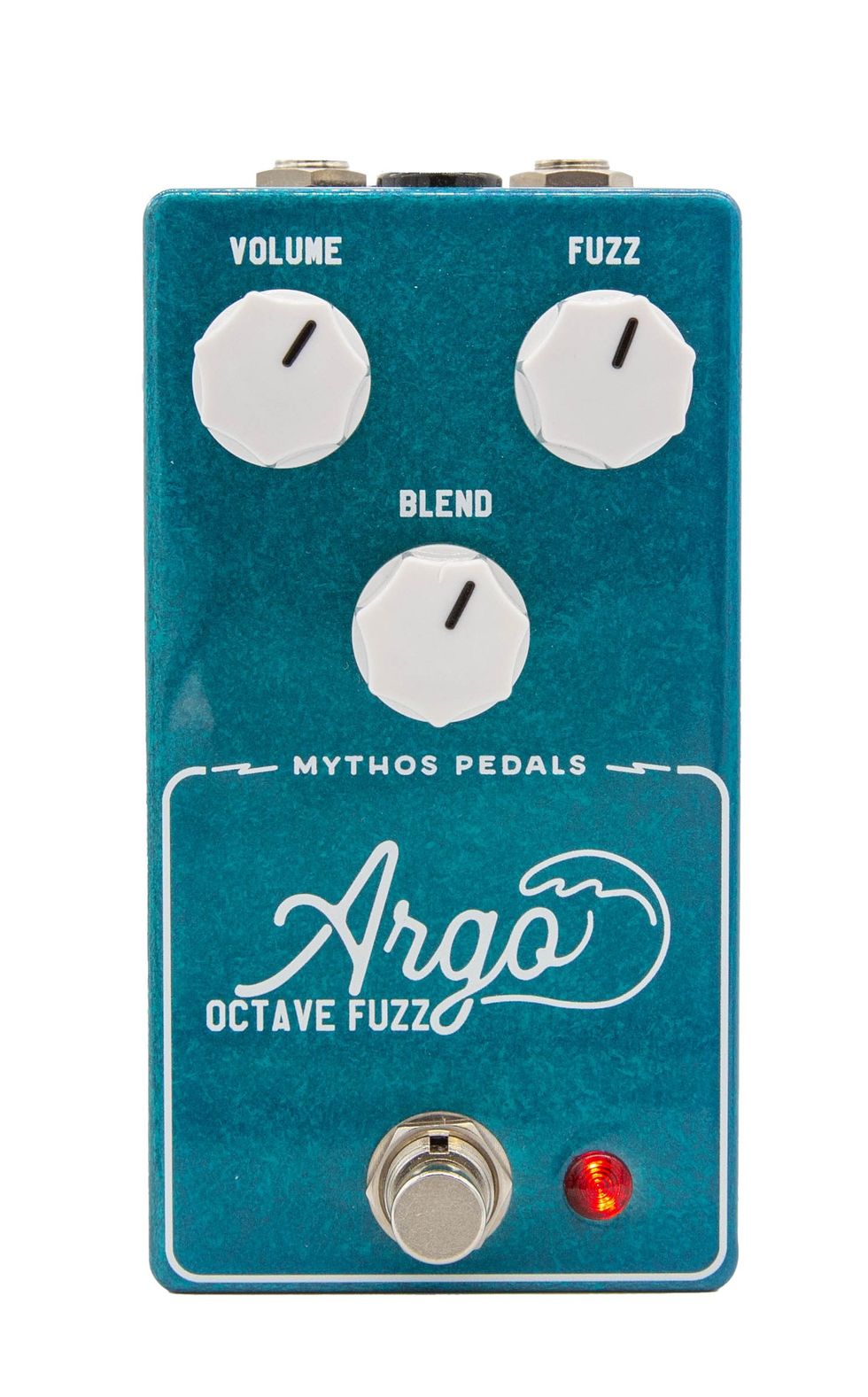Whether fattening up your clean tone, creating an all-out octave-fuzz assault, simulating a 12-string, or something just completely different, an octave effect can turn your guitar into a whole ’nother animal and inspire your sound crafting. We’ve rounded up a sampling of 10 solid options for you to get your octave on.
Octave OC-5
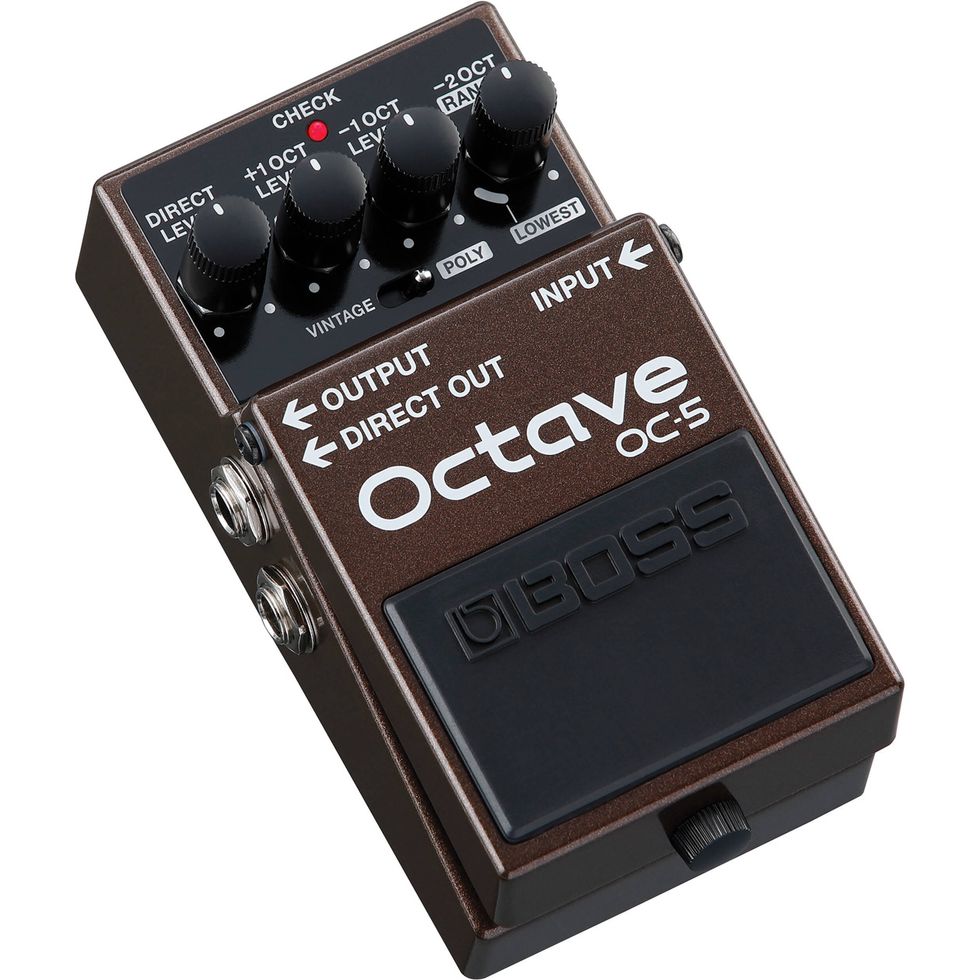
Features on this updated classic include a vintage mode for the mono sound of the OC-2, a poly mode for chord playing, and a new octave-up effect which can be blended with the octave-down effects.
Purple Platypus Octidrive MkII
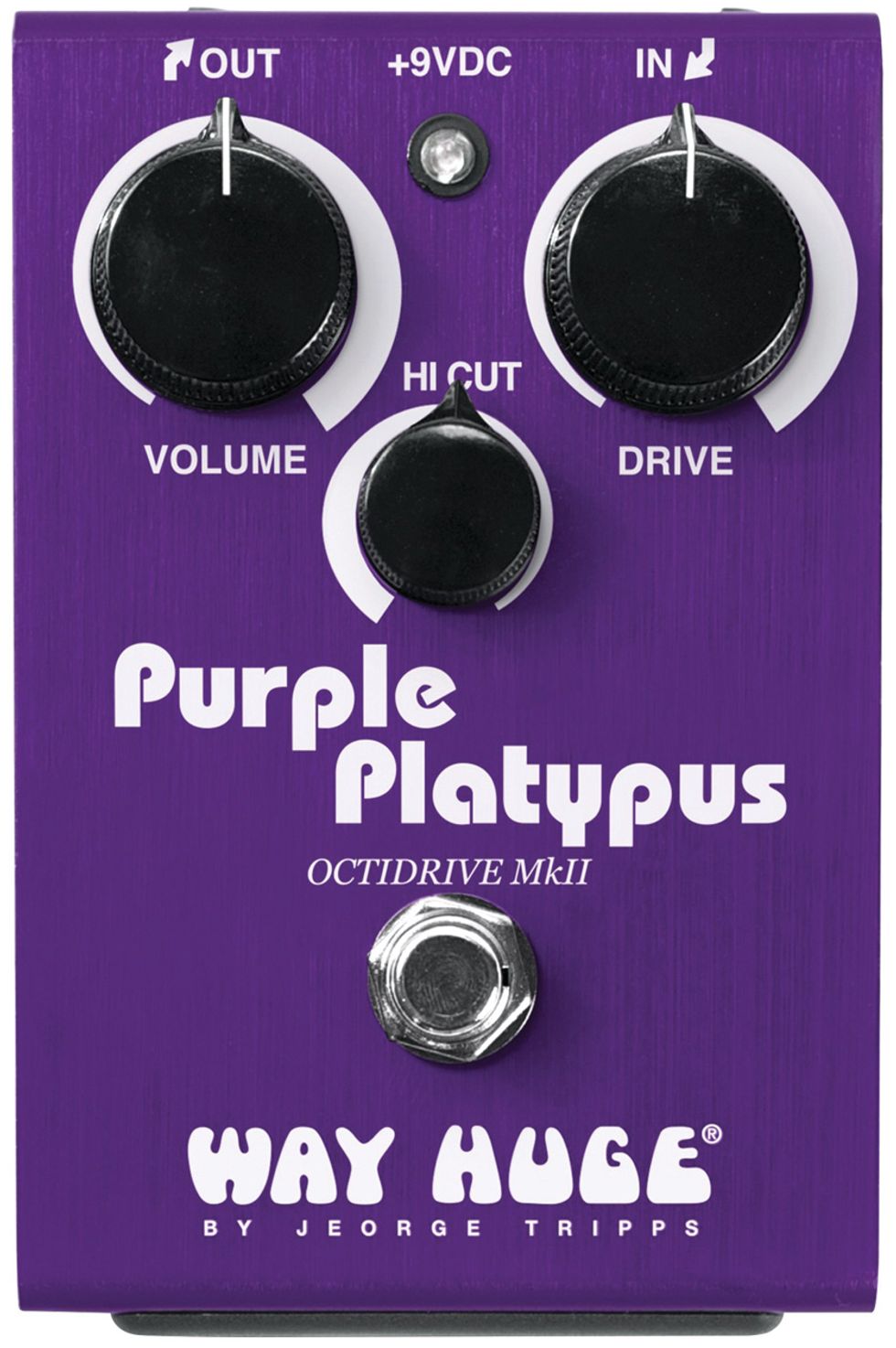
Like the original, this stompbox has a frequency doubler to create an octave-up effect, which cleans up nicely for ring-modulator-style sounds to all-out huge octave fuzz.
Sub 'N' Up
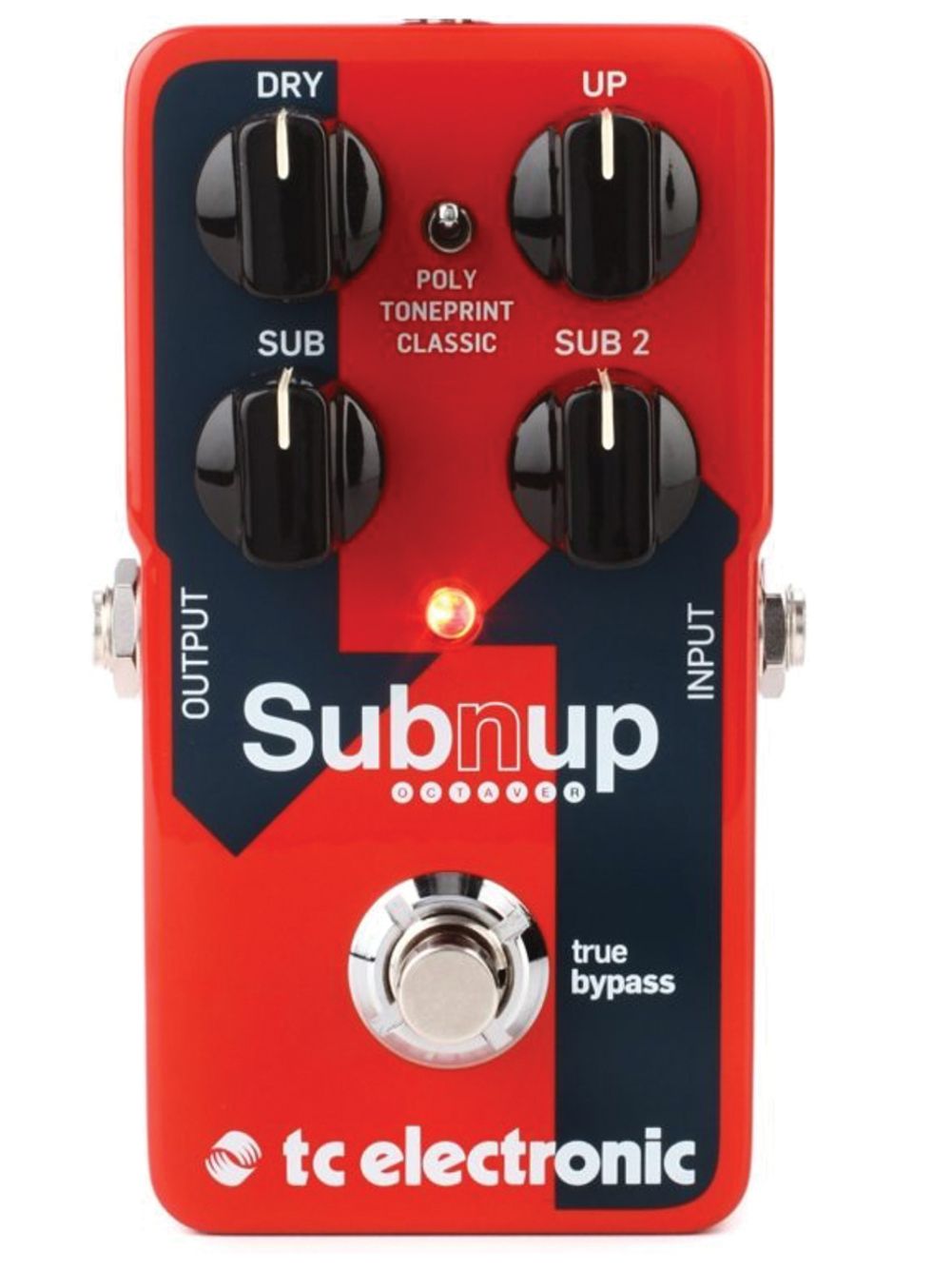
This polyphonic octave pedal features an old-school monophonic octaver and individual blend controls for dry, octave-up, and two sub-octaves—to cover everything from complex chords to groovy single-note lines.
Tentacle V2
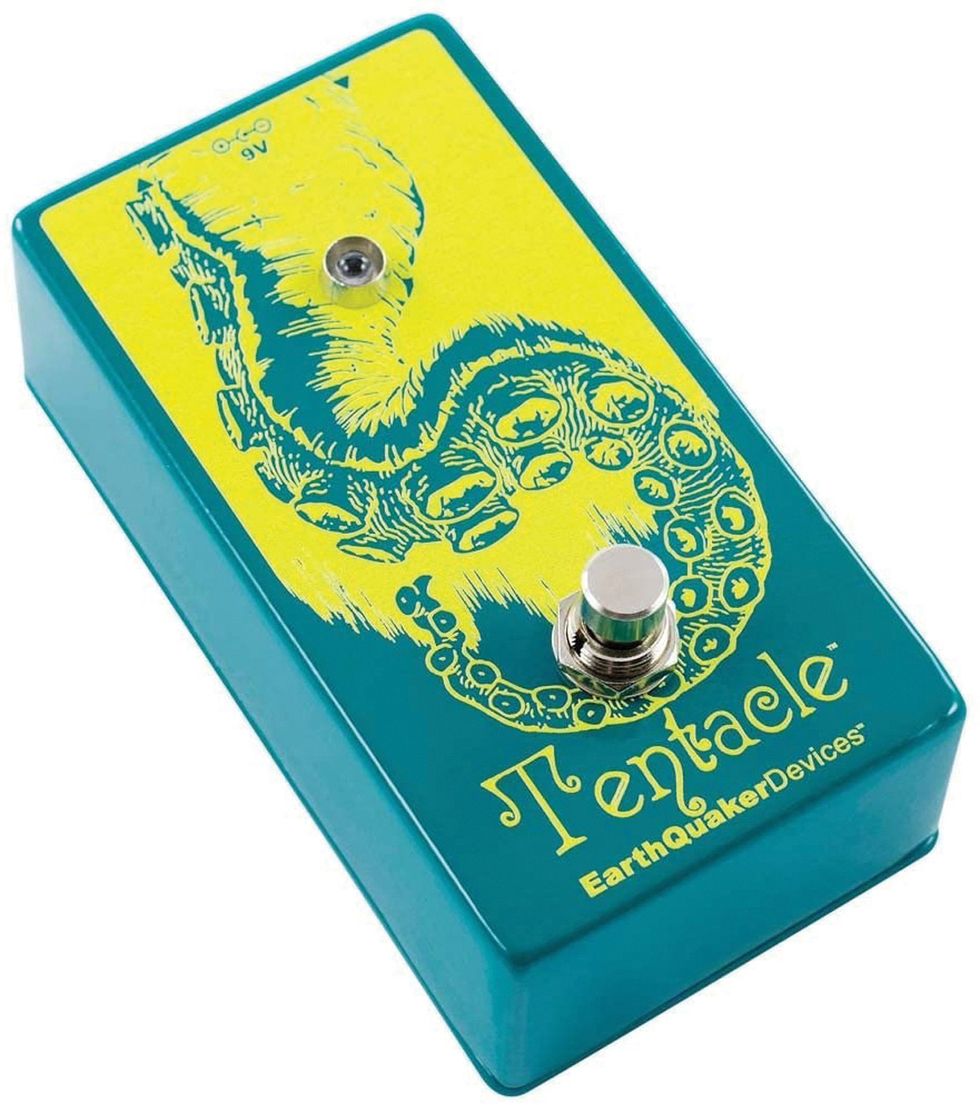
This analog octave-up pedal features the octave effect from EarthQuaker’s Hoof Reaper, and makes easy work of going high and tearing loose with it’s no-control design.
Pure Octave
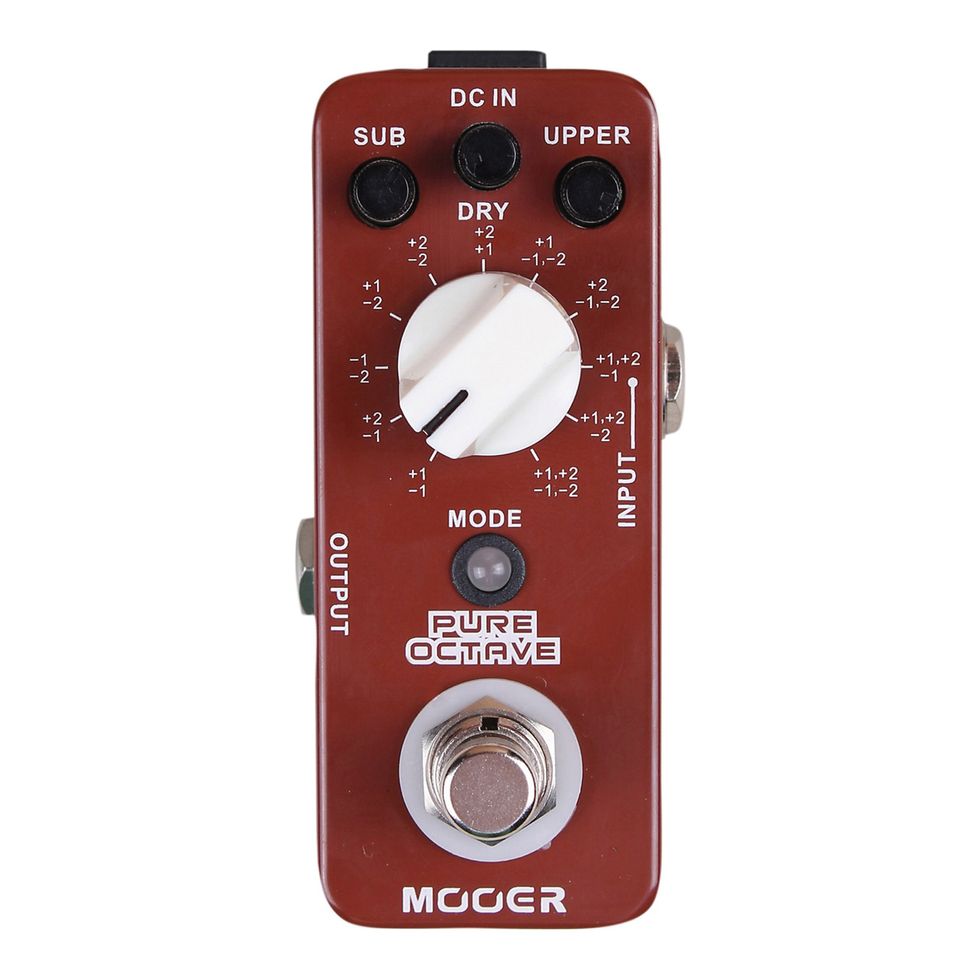
Featuring 11 different octave modes and the ability to adjust the lower, upper, and sub sections of a signal, this mini was designed to deliver precise octave effects with no distortion.
Octapussy
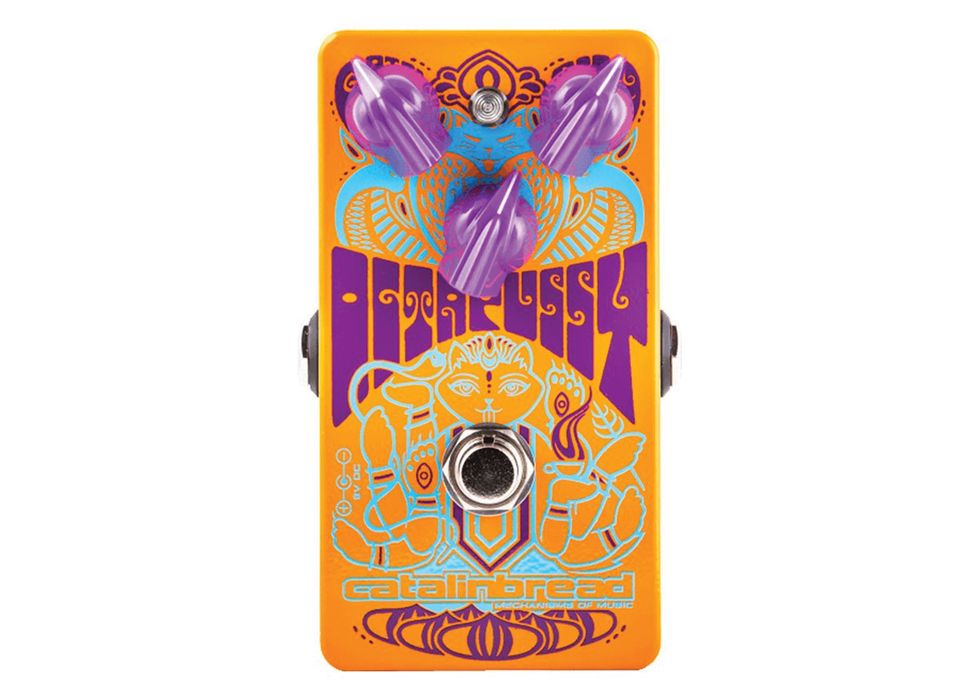
This pedal’s preamp section is specially voiced for very dynamic playing response for high-octave lead tones on the neck’s higher registers, but also a big array of fuzz tones anywhere else on the neck.
Luminary
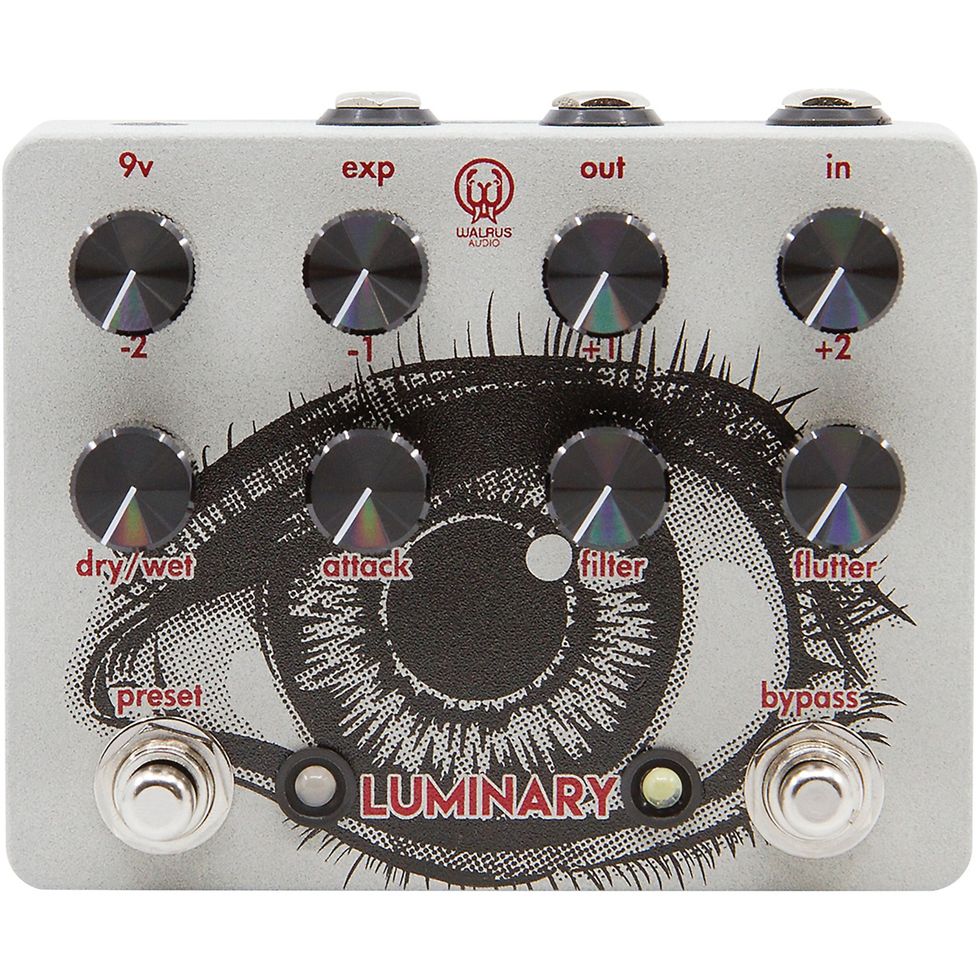
Here’s a quad-octave generator that provides the ability to conjure up any combination of four separate octaves, and features three presets, a filter control, and a tremolo effect.
Quint Machine
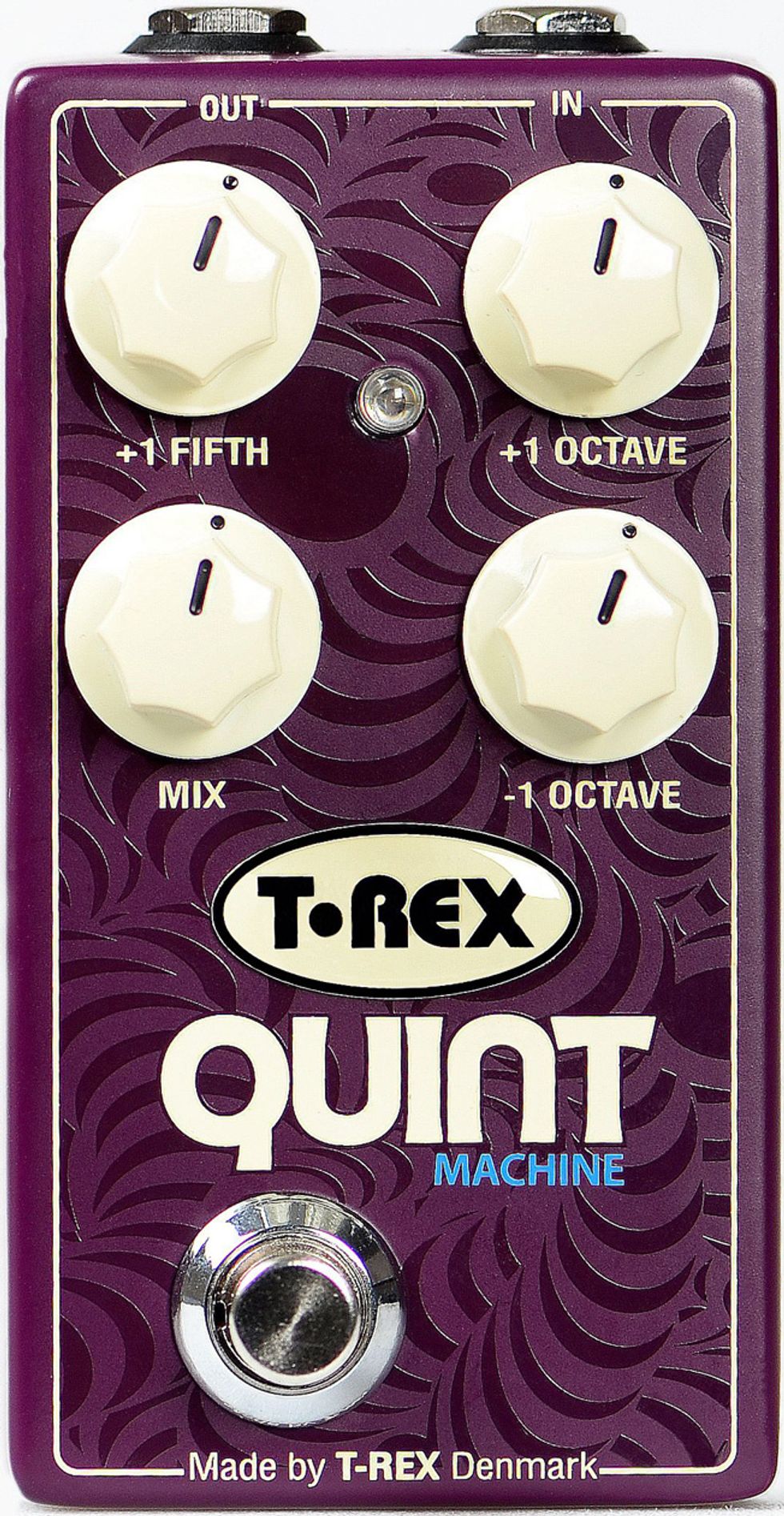
Offering octave-up, octave-down, and a 5th up, this pedal boasts ultra-fast polyphonic tracking, individual volume controls, and a master-mix dial.
Nano POG
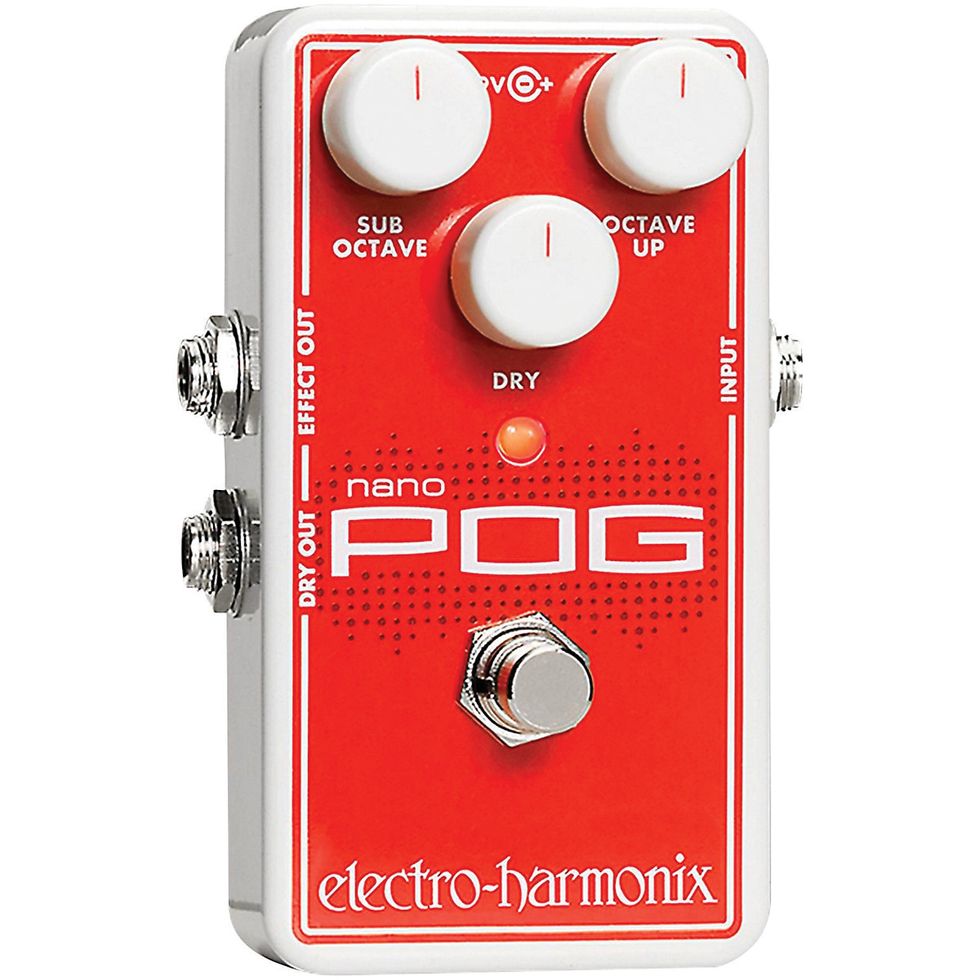
The smallest member of the POG family, this polyphonic octave generator was designed for stellar tracking, features separate level dials for dry, sub-octave, and octave-up, and houses an extra dry out.
Jonny Octave
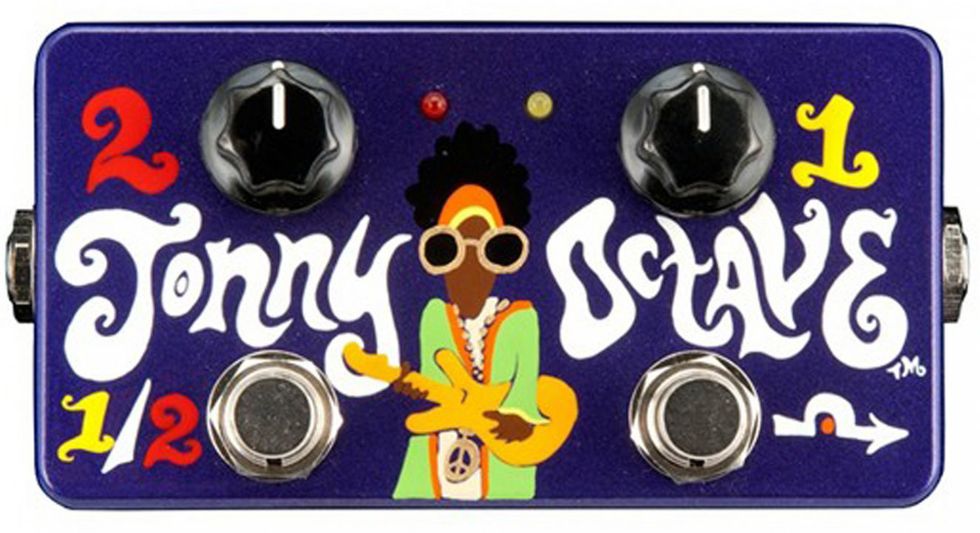
This analog octave-up pedal lets you play up either one or two octaves, and features separate volume dials for each channel along with four internal gain trimmers to adjust for playing style.








